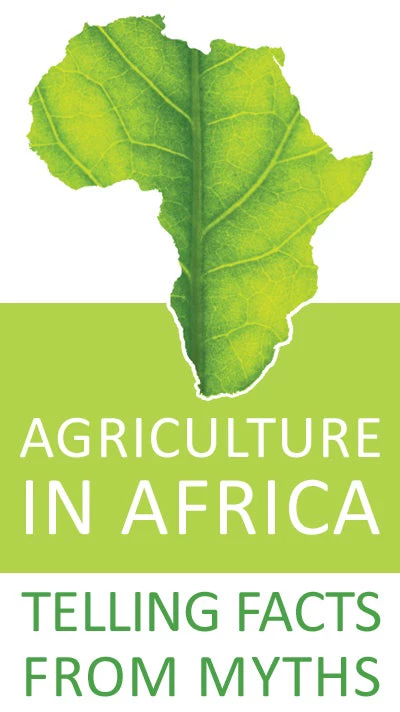
However, the statistical foundations of Africa’s economic growth and poverty reduction narratives are increasingly being questioned. Shantayanan Devarajan, the World Bank’s former Chief Economist for the Africa Region, spoke of “Africa’s statistical tragedy” (after its growth tragedy of the 1990s), while Morten Jerven drew our attention to the challenges Africa faces in producing reliable national accounts.
When it comes to agriculture, the problems only multiply, with maize yield estimates, for example, varying substantially depending on the data source (by about 1 ton per ha between 1.7 and 2.6 ton/ha in Malawi in 2006/7). Clearly, tracking progress, even on some of the most elementary statistics for agricultural policymaking, is a challenge. So, what about the reliability of our common wisdom and policy direction which is often supported by references to the type of statistical factoids quoted above? Are we flying blind or vision impaired?
Armed with solid nationally representative household survey data, filled with detailed plot level information on agriculture, from six African countries which together represent 40 percent of Sub-Saharan African population, the “Agriculture in Africa – Telling Facts from Myths” team has embarked on a myth busting journey. It articulates our understanding of African agriculture and rural livelihoods in 15 statements and subjects them to the data. The facts revisited include:
- Modern use of modern inputs remains dismally low
- Modern input use low, but profitable
- Land, labor and capital markets remain largely incomplete
- Land is abundant and land markets are poorly developed
- Labor productivity in agriculture is low
- Agroforestry is gaining traction
- African agriculture is intensifying
- Women perform the bulk of Africa’s agricultural tasks
- Youth is leaving agriculture en masse
- Seasonality continues to permeate rural livelihoods
- The majority of rural households are net food buyers
- Postharvest losses are large
- Droughts dominate Africa’s risk environment
- African farmers are increasingly diversifying their income
- Household enterprises operate mainly in survival mode
- Agricultural commercialization improves nutritional outcomes
No stone will be left unturned and with over 60,000 fields surveyed from over 22,000 rural households to examine areas such as the extent of fertilizer use; the information base used to revisit these questions can be vast.
So, what is the verdict? Are these myths, mythish, factish, or still facts?
The answers will be elaborated in a new blog series on Africa Can highlighting #africamythsandfacts. It will start new week by revisiting women’s labor share in Africa’s agriculture. If you would like a prelude to the full picture, join us for 15 Ignite style presentations at the Agriculture in Africa – Telling Facts from Myths conference co-hosted by the World Bank and the International Food Policy Research Institute in Washington D.C. on Monday June 15, 2015. This conference will give you a chance to engage with us on the new world we discovered and exchange ideas on how it could or should shift the conversations. Stay tuned.
Reference
Carletto, C., D., Jolliffe, and R., Banerjee, 2015, From Tragedy to Renaissance: Improving Agriculture Data for Better Policies, Journal of Development Studies, 51-2: 133-148.
Gollin, D., D. Lagakos, M. Waugh. 2014. “The Agricultural Productivity Gap.” The Quarterly Journal of Economics. 2014: 939–93.
Jerven, M., 2013, Poor Numbers – How We Are Misled by African Development Statistics and What to Do About it?, Cornell University Press: Ithaca New York.


Join the Conversation